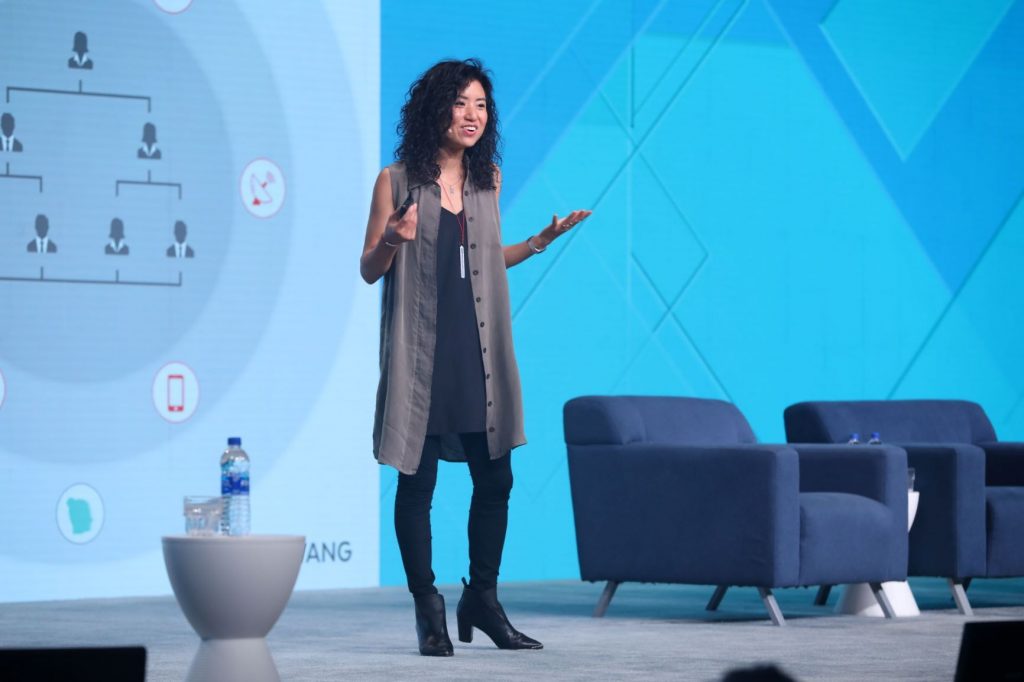
If you were to ask Tricia Wang, PhD, about real business growth, she would tell you that it lies outside the boundaries of the known. Not everything valuable is measurable, she would say. And big data is hiding new customers in the market from you.
Wang is more than just a global technology ethnographer and the co-founder of consulting firm Sudden Compass and content and strategy company Magpie Kingdom. She is a business-savvy, eagle-eyed business detective, helping organizations to find new customers hidden within existing big data stores.
Businesses believe that digital tools can help them get things done better and faster. Their underlying belief in digital transformation is that digital can help them make radically better decisions, but the fact is that most big data projects are wildly unsuccessful.
Why are big data projects such an epic fail?
We’re not cavemen. We have technology. So, why are 85 percent of all big data projects not profitable? Why is it so hard for us to get the full ROI value out of our big data investments?
Wang has the answer: investing in big data is easy, but using it is hard.
The job of data scientists is not just to pull numbers out of their data but to use their data to tell stories that can help their businesses flourish. Wang works in the fields of data, design and the world of digital to help organizations succeed at digital transformation by unlocking the human insights of big data.
Doing digital vs. being digital
What works? Capturing the precious data on human emotions and stories.
Wang calls this thick data.
This human-rich data can help organizations avoid the illusion that they have a data strategy that is leading them to better decisions. Even with the right tools to develop innovative solutions, faulty data can lead organizations astray and mislead their own teams.
Wang’s theory for why this is happening may seem aggressive or controversial, but it’s really very simple: When company-centric organizations invest in digital, they actually end up understanding less about their customers.